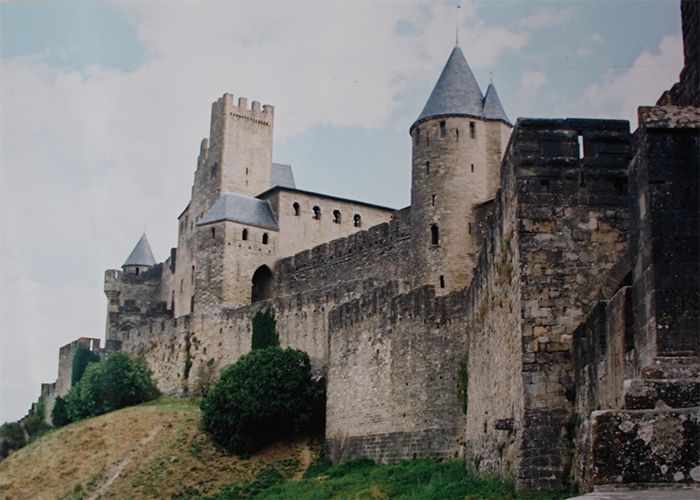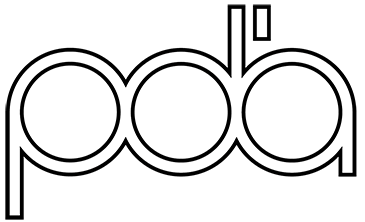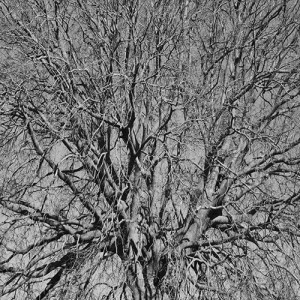DAS GEWEBE, ovvero IL TESSUTO
testo di Orazio Caruso
Si dice Tessuto ogni insieme di filamenti intrecciati che formano un sistema compatto, elastico e resistente nel tempo. Ed esistono varie tipologie di tessuto: dal tessuto di vimini alla tessitura materica che compone una grande muraglia, dal tappeto di casa, alla calza della nonna, dall’intreccio narrativo di una storia fino al tessuto urbano. Ecco: vorremo parlare proprio del tessuto narrativo di un luogo, facendo qualche esempio per chiarezza e capire di che tipo di tessuto stiamo parlando.
E’ utile innanzitutto spiegare in maniera semplice la differenza concettuale che c’è tra tessuto e superficie. Basta prendere un’area piatta ed omogenea come il deserto del Sahara o di un mega parcheggio vuoto e confrontarla con un luogo carico di presenze ed elementi di diversa natura: Manhattan o Parigi per esempio. Quando ci troviamo in un luogo molto ampio, nel primo caso del deserto o del parcheggio vuoto, non abbiamo riferimenti stabili, siamo in assenza di un orizzonte visivo che ci racchiude e ci protegge, il nostro occhio inizierà a vagare imperterrito e magari, nei più deboli di stomaco, le gambe a vacillare e la testa a girare. Ci troviamo in un luogo assimilabile ad una superficie. Nel caso di Parigi o Manhattan, ma anche Carcassonne o il Campo Marzio a Roma, viceversa l’essere umano si troverà più a proprio agio perché all’interno di un ambiente che alimenta curiosità, mistero, direzione e ritmo.
In base a questa premessa, diciamo che l’uomo ha bisogno di libertà di movimento ma anche di regole, di mistero ma anche di strategia. Ha bisogno di presenze intorno a se, ha bisogno di fili conduttori. Ha necessità di insediarsi in un tessuto.
Nell’ipotesi di nuova costruzione-tessitura di un buon tessuto, con un’alta qualità della vita, non è sufficiente addizionare in fila, cucire insieme i vari tasselli che formano un agglomerato urbano, se a questi non è sotteso un filo narrativo, la voglia di costruire un racconto che duri a lungo nel tempo.

Carcassone, France – photo by Giovanni Caruso
THE FABRIC
Text by Orazio Caruso, translations by Orazio Caruso and Luigi Cavallo
Fabric is said each set of twisted filaments that form a compact system, flexible and durable. There are various types of fabric: a woven wicker, a material weaving which makes up a great wall, a house carpet, a grandmother’s handmade weaving work, a plot of a tale, up to the urban fabric. What we really want to talk about is the narrative plot of a place, with a few examples, understanding what kind of fabric we are talking about.
First of all it’s useful simply to explain the conceptual difference that exists between the fabric and the surface. You can take for example a flat and homogeneous area like the Sahara desert or a mega empty parking comparing it to a place full of appearances and elements of different nature, such us Manhattan or Paris. When we are in a very large place, in the case of the desert or the empty parking, we do not have stable references, we are without a horizon that encloses and protects us, our eyes begin to wander unperturbed and maybe, in the most weak stomach, legs faltering and head turning. We are in a place similar to a surface. Conversely in the cases of Paris or Manhattan, as well as Carcassonne or the Campus Martius in Rome, the human being feels at ease in an environment that feeds curiosity, mystery, direction and pulse.Having said that, we say that man needs freedom of movement but also rules, mystery, strategy. It needs presences around himself, themes, establishing himself into a fabric.In the event of new construction – texture of a good fabric, with high quality of life, it isn’t enough to add in a row and stitch together the various pieces that make up an urban area, if they have not a narrative plot, the willing to build a long time tale.

